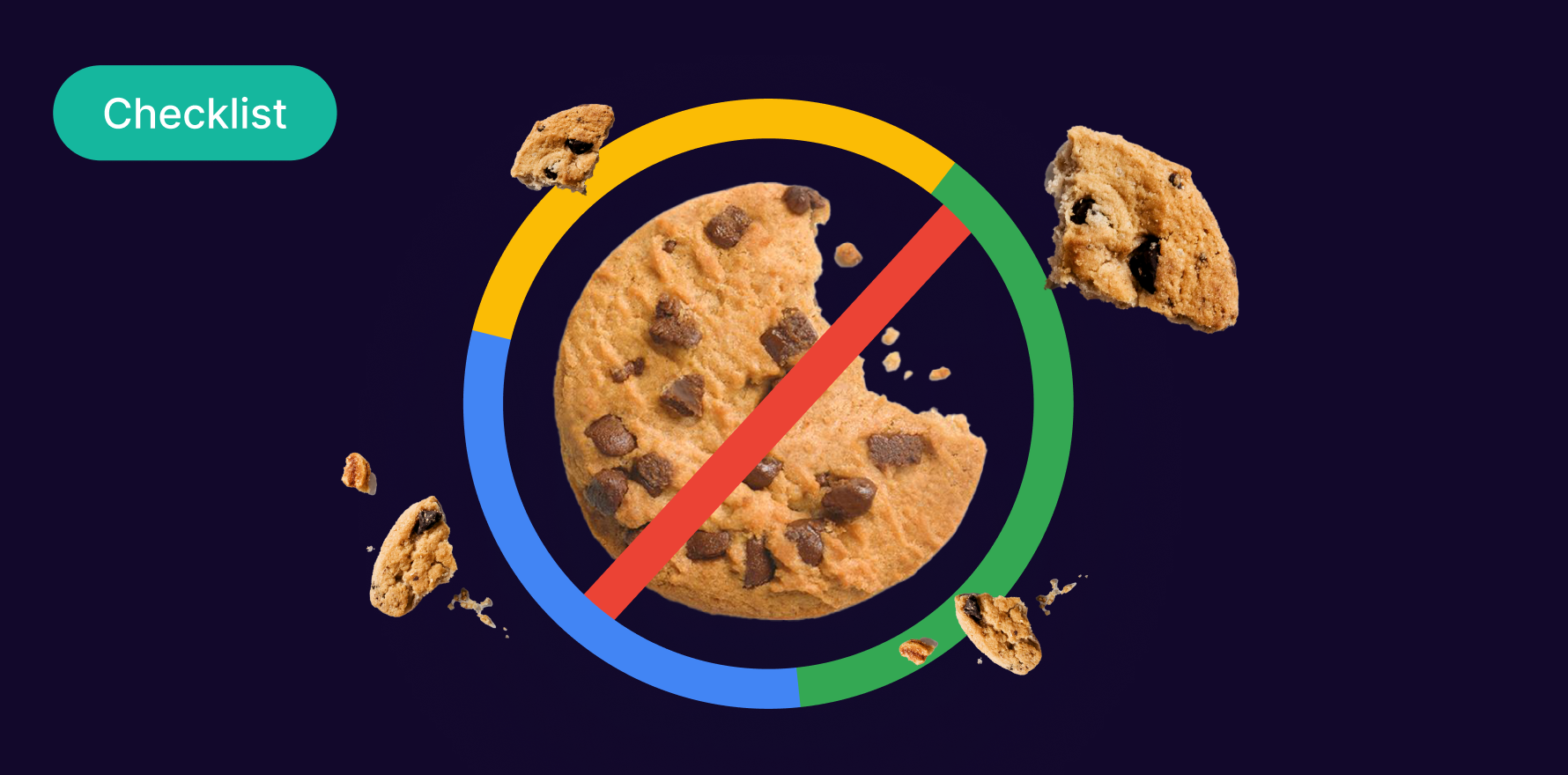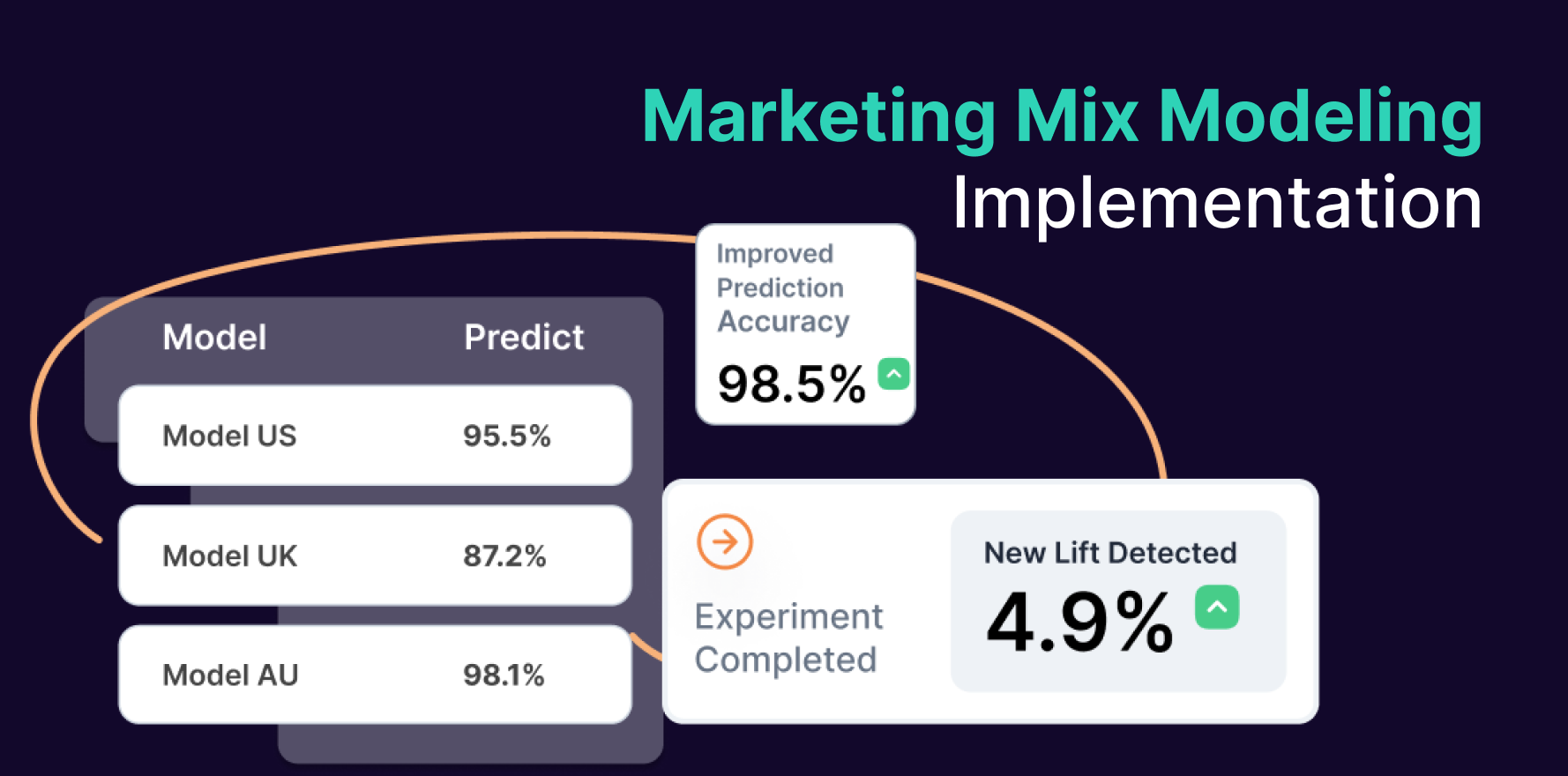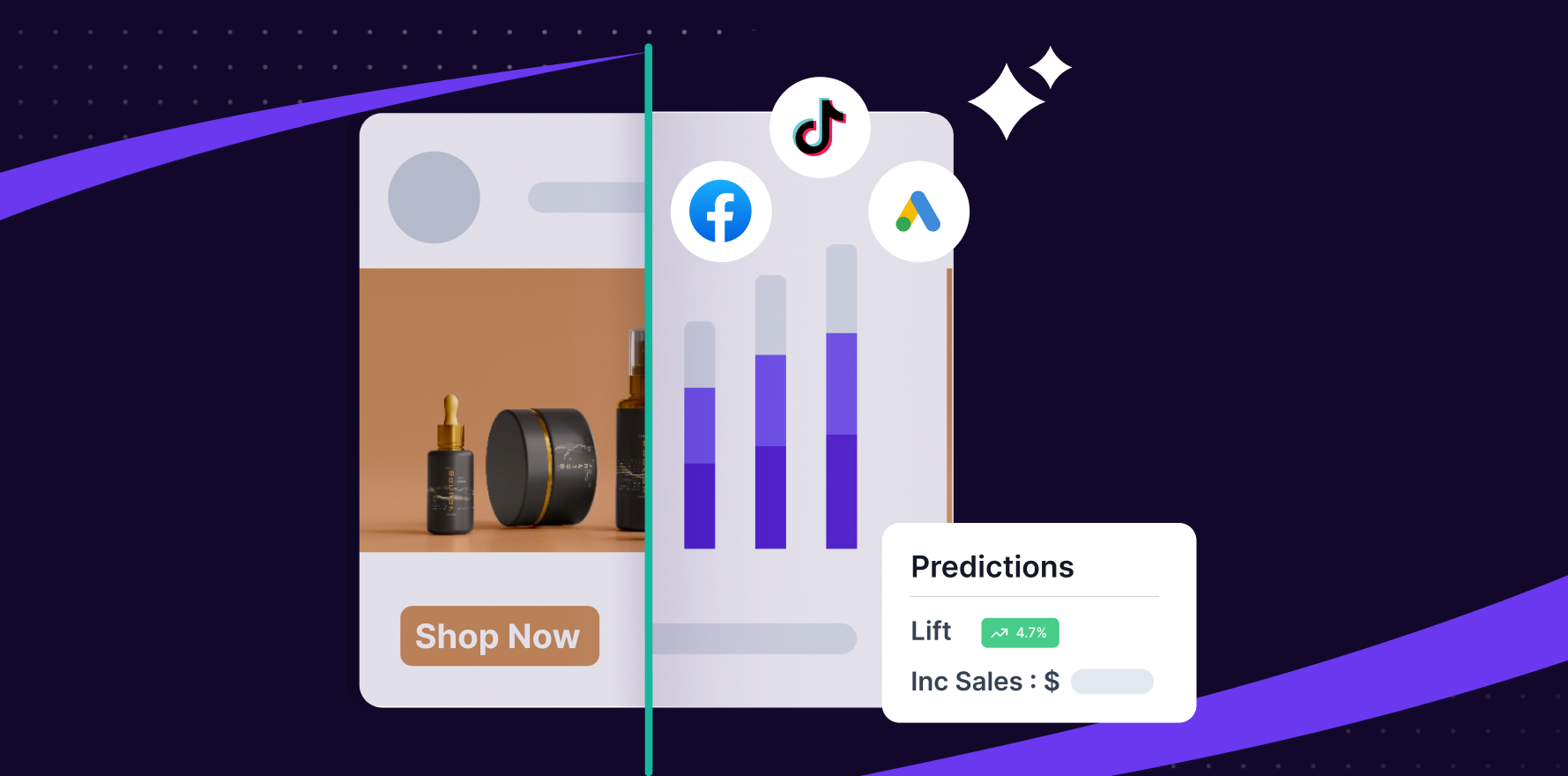
Introduction
A/B testing, also known as split testing, is a fundamental practice in digital marketing that allows advertisers to compare the performance of different elements within their ads. A/B testing Facebook ads is a powerful strategy to optimize ad performance and enhance overall campaign effectiveness. In this comprehensive guide, we’ll walk through the step-by-step process of conducting A/B tests on Facebook ads to help you make informed decisions and maximize your advertising ROI.
Step 1: Define Clear Objectives
Before diving into A/B testing, establish clear and measurable objectives. Whether it’s improving click-through rates, increasing conversions, or boosting engagement, having well-defined goals will guide your testing strategy.
Step 2: Identify Elements for Testing
Choose the specific elements within your Facebook ad that you want to test. This could include headlines, ad copy, images, call-to-action buttons, audience targeting, or any combination of these. The key is to isolate and test one variable at a time for accurate insights.
Step 3: Set Up Your Facebook Ad Campaign
Log in to your Facebook Ads Manager and create a new campaign or navigate to an existing one. Ensure that your campaign objective aligns with the goals you’ve defined for the A/B test.
create-a-new-campaign 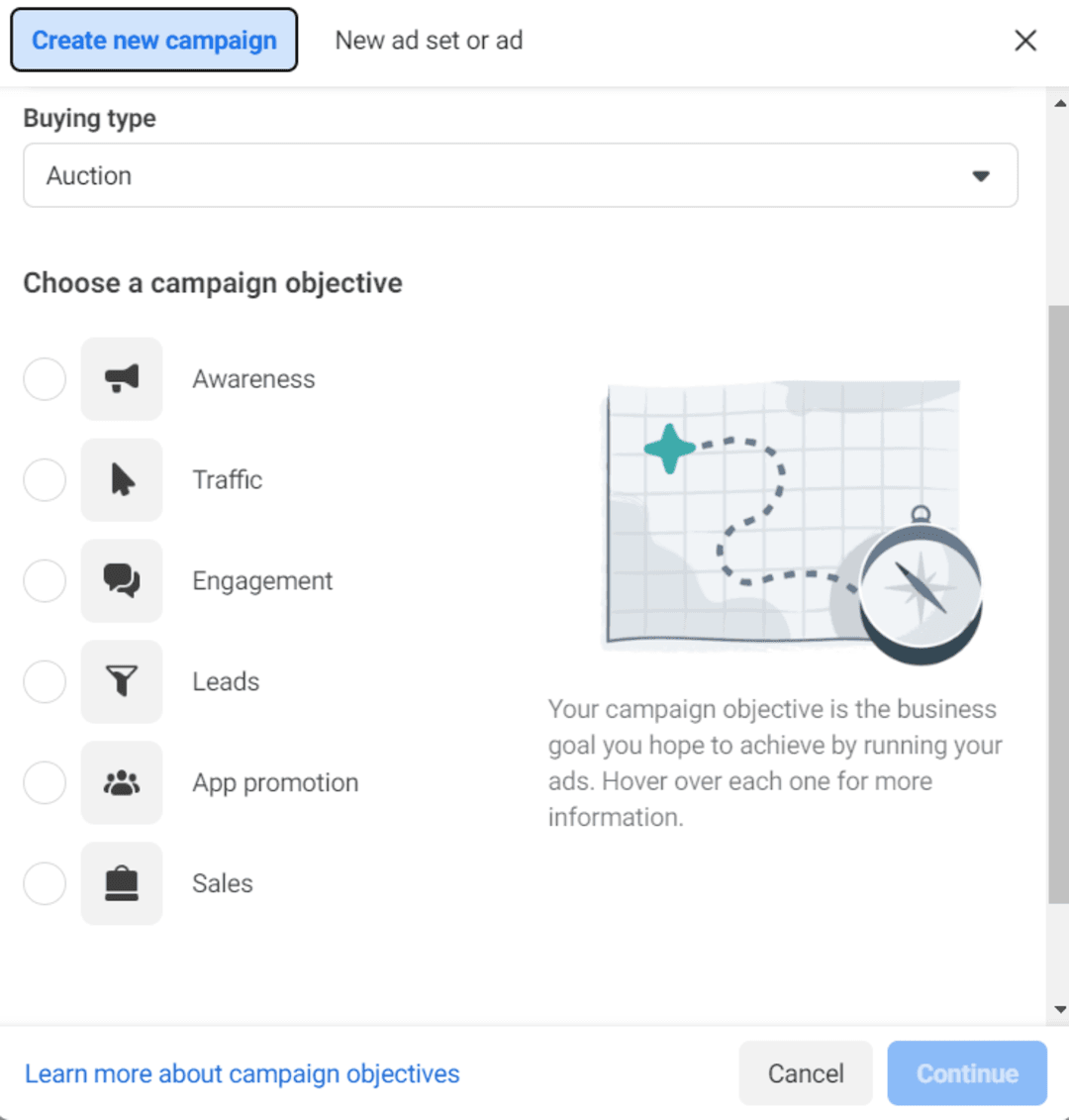
Step 4: Duplicate the Ad Set
Within your campaign, duplicate the ad set you want to test. This creates an identical copy of your ad set, allowing you to make specific changes for the A/B test.
duplicate-adset-in-facebook 
Step 5: Make Changes to the Duplicate Ad Set
In the duplicated ad set, modify the element you’ve chosen to test. For example, if you’re testing ad copy, update the text. If it’s the image, replace it with the new variation. Ensure that only the selected element is different between the original and duplicated ad sets.
Step 6: Implement UTM Parameters
To track the performance of each variation accurately, incorporate UTM parameters into the URLs in your ads. UTM parameters help you identify which variation is driving specific actions in your analytics platform.
implement-utm-parameters 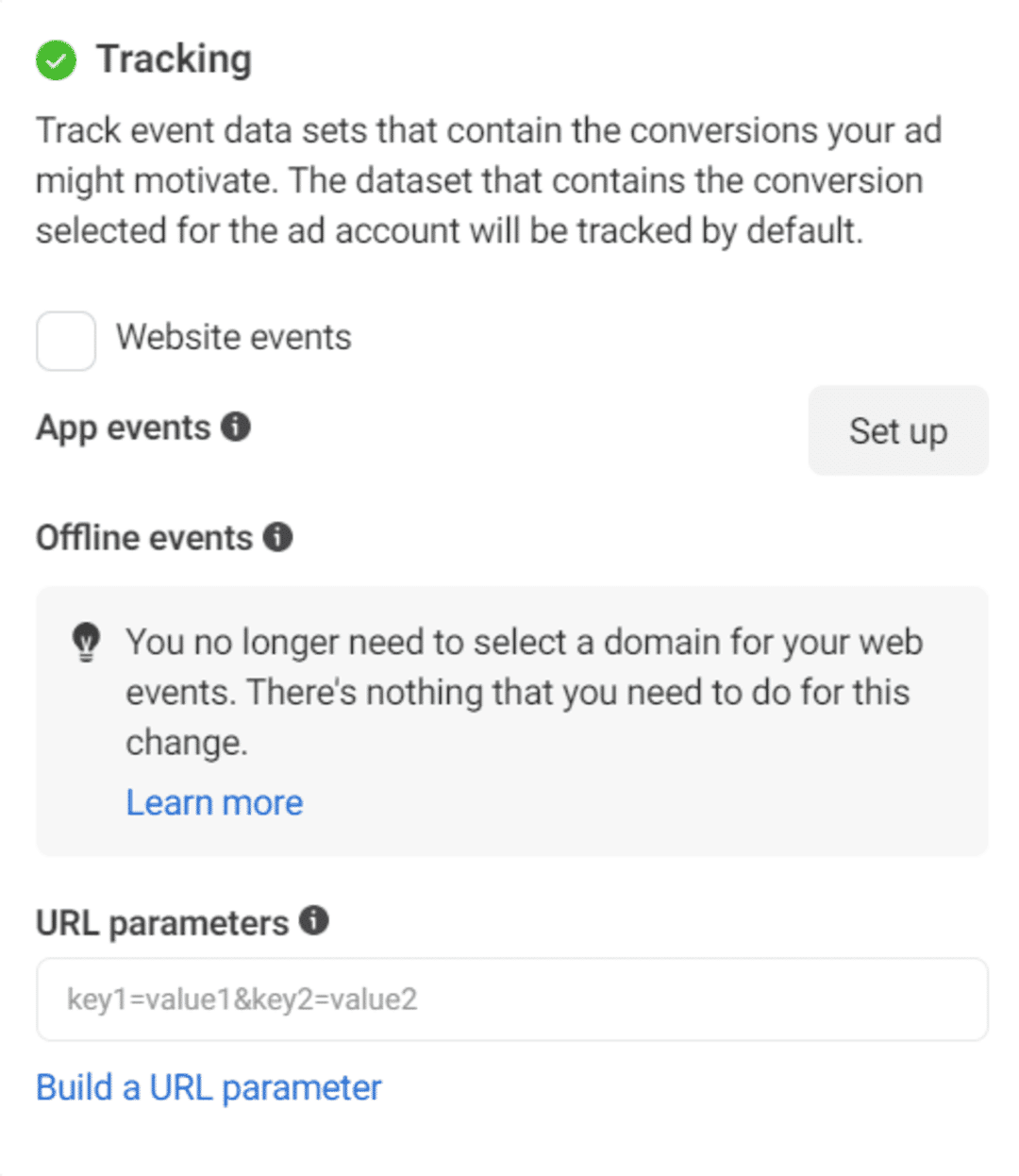
Step 7: Launch Your A/B Test
Activate both ad sets within your campaign. Your original ad set represents the control group, while the duplicated and modified ad set serves as the test group. Facebook will evenly distribute your budget between the two variations.
Step 8: Monitor Performance Metrics
Regularly check the performance metrics of your A/B test. Facebook Ads Manager provides insights into key metrics such as click-through rates, conversion rates, engagement, and other relevant data. Monitor these metrics to assess the impact of the changes.
Step 9: Allow Sufficient Data Collection
Give your A/B test enough time to collect sufficient data before drawing conclusions. The duration depends on your campaign objectives and the expected frequency of your desired actions. Be patient to ensure statistical significance.
Step 10: Analyze and Compare Results
Once your A/B test reaches statistical significance, compare the performance of the two variations. Look for differences in the metrics you’re tracking to determine which version outperforms the other.
Step 11: Implement Winning Variation
If one variation clearly outperforms the other and aligns with your campaign objectives, implement the winning variation in your ongoing ad campaigns. Use the insights gained to inform future creative and targeting decisions.
Step 12: Iterate and Test Again
A/B testing is an iterative process. Based on the insights gained from your first test, identify new elements to test and repeat the process. Continuously refining your ads ensures ongoing optimization and improved performance.
Step 13: Document Learnings
Document the learnings from each A/B test. Keep a record of what worked and what didn’t. This historical data serves as a valuable resource for refining your overall advertising strategy.
Step 14: Test Across Different Audiences
Extend your A/B testing strategy to different audience segments. Testing variations across diverse demographics and interests allows you to tailor your ads for maximum effectiveness within specific target groups.
Step 15: Stay Updated with Platform Changes
Social media platforms, including Facebook, regularly update their algorithms and ad formats. Stay informed about these changes and adapt your A/B testing strategy accordingly to ensure relevance and effectiveness.
Summary
A/B testing Facebook ads is a dynamic and continuous process that empowers advertisers to refine their strategies for optimal performance. By following these steps, businesses can systematically test and optimize their Facebook ad campaigns, driving better results and maximizing their advertising investments.
Free essential resources for success
Discover more from Lifesight
